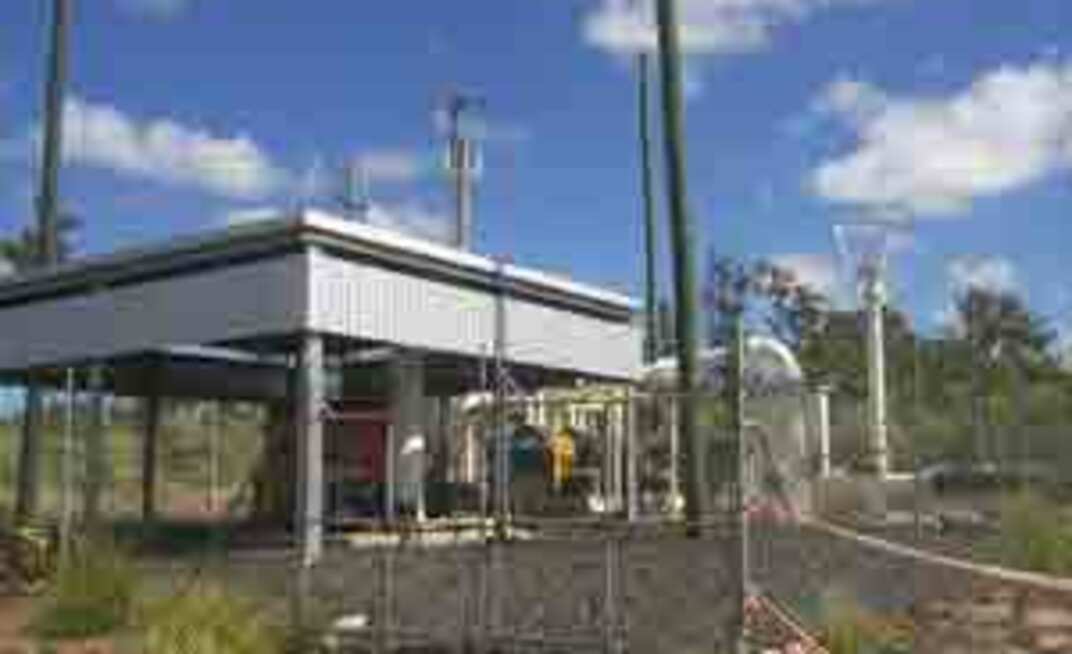The project, ”Optimisation of Goaf Gas Drainage and Control Strategies,” was funded by ACARP (Australian Coal Association Research Program) and carried out by CSIRO exploration & mining principal mining engineer, Rao Balusu, and gas drainage engineers Neil Tuffs (Central) and Ron Peace (Appin).
The main objective of the project was to develop and demonstrate optimum goaf gas drainage and control strategies for improved gas management in longwall panels in order to reduce gas delays on the face.
Field demonstrations were conducted at the Anglo Coal German Creek Central mine in Queensland and BHP Billiton’s Appin mine in NSW, both highly gassy operations.
According to Balusu, simply increasing the number of goaf holes in the panel or decreasing hole spacing seems to be not effective in controlling high goaf gas emissions.
“Gas data analysis also revealed that the standard practice of draining gas from just 1 to 2 goaf holes near the face seems to be not an efficient strategy to reduce gas delays in the panel. Similarly, bleeder ventilation system for gas control seems to be effective only up to 600 to 800 m of face retreat from the panel start-up area,” he said.
Once the optimum gas drainage strategies were in place, the total goaf gas drainage flow rates at Central improved by around 50% improvement over the previous panels’ goaf holes performance. Similarly, at Appin Colliery the total goaf gas drainage flow rates increased from around 2,000 litres per second in LW405 to over 3,000 l/s levels in LW406 panel.
The ten recommended goaf gas drainage strategies are available in the full report which is available from ACARP. While some of these approaches are typically used at mines, Balusu said the best results would be achieved if - most of the recommendations (where possible) were implemented.
The standard recommendation for example is that “goaf holes should be drilled on the return side of the goaf at 30 to 70 m from gateroad, depending on the longwall caving conditions.”
Balusu said this was a typical strategy mine used but on its own won’t solve the problem. Just drilling goaf holes, even at the recommended distance is not enough.
Goaf gas drainage is on ongoing issue and many mines are experiencing gas on the longwall face as a result of inadequate drainage strategies.
The work was a continuation of goaf gas drainage studies carried out at Dartbrook in which a range of tools were developed and used to model gas flow patterns. These included Computational Fluid Dynamics (CFD) and tracer gas studies.
“This project demonstrated that the new optimum strategies were highly successful in improving the overall efficiency of goaf gas drainage systems at both the field sites. Technology transfer to the industry through implementation of the newly developed techniques at mine sites has been one of the highlights of this project,” Balusu said.
























